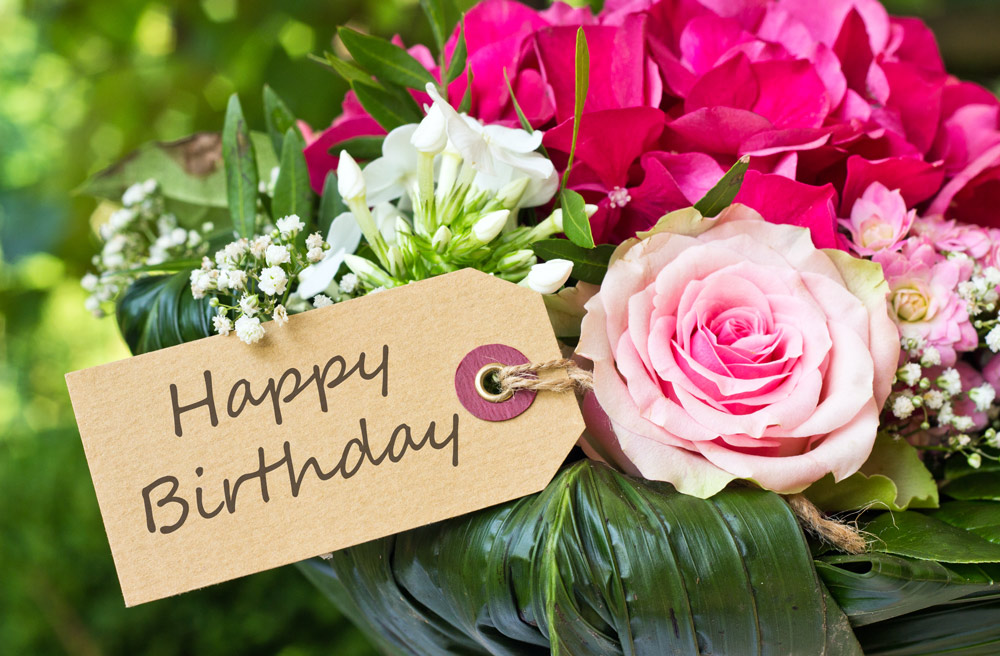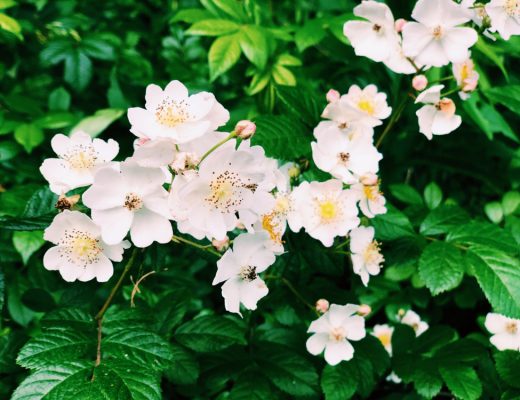Birthdays are a special, individual holiday unlike anything else, just for you! Everyone has one no matter their background, and most cultures around the world celebrate them in some form or fashion. There are some common Western associations, like the public domain “Happy Birthday” song sung before you blow out the candles and make a wish. However, birthday weren’t always filled with funfetti and balloons. Let’s dive into ancient traditions of the birthday and how its origins have evolved over human history.
The Ancient Origins of Birthday Celebrations
What is the history of birthdays? The earliest recorded birthday celebrations date back to ancient Egypt. Initially, birthdays weren’t celebrated for individuals as we do today; they were more associated with gods and pharaohs. The everyday person sadly wasn’t deemed worthy to be celebrated annually. Ancient Egyptians considered the day a pharaoh was crowned as the day of their “birth” into godhood, marking it as a sacred occasion.
The Greeks later adopted this tradition and began celebrating the birthdays of gods and goddesses. To honor Artemis, the goddess of the moon, Greeks would offer moon-shaped cakes adorned with candles, a practice that many believe contributed to our modern tradition of birthday candles.
In Roman times, birthdays became more personal. Romans celebrated the birthdays of friends and family, and for the first time, the idea of commemorating the yearly anniversary of one’s birth took root. Your loved ones were finally just as special as royalty! However, it was mostly men who had their birthdays celebrated; women’s birthdays were rarely acknowledged.
The Start of Traditions
Today, many people celebrate birthdays in similar ways. There’s the birthday cake, noisemakers, and candles. Plus plenty of wishes and maybe a gift or two. Did someone say flowers? However, after years of celebrating with these items, they almost become afterthoughts. But how did these forms of celebrations arise?
Blowing Out Candles
The idea of placing candles on a cake and making a wish dates back to the Greeks, who believed the smoke from the candles carried prayers to the gods. Later, in 18th-century Germany, “Kinderfeste” (children’s festivals) included placing a large candle on a cake to represent “the light of life.” The birthday child would blow out this candle after making a wish, a ritual that evolved into our current candle-blowing custom.
Giving Birthday Gifts
The tradition of giving gifts on birthdays likely has roots in ancient Roman society, where friends and family would present the birthday celebrant with tokens of good luck. Over time, this tradition grew, and now, in many cultures, birthday gifts symbolize appreciation, love, and well-wishes for the year ahead.
Singing the Birthday Song
If there’s one thing that lets someone know it’s your birthday, it’s the happy birthday song. Whether you’re someone who loves or loathes people singing your name, it’s hard to escape this tradition. The now-famous “Happy Birthday” song originated in the United States in the early 20th century. Sisters Mildred and Patty Hill composed a tune called “Good Morning to All,” which eventually evolved into the melody we know today as “Happy Birthday to You.” With the advent of the radio in 1931, the song appeared as a singing telegram on the Broadway show Bandwagon. A small legal tiff led to Mildred Hill’s rightful ownership of the song’s copyright. Since then, the Guinness Book of World Records has nominated the song as one of the top three most sung songs in America. We have to say they’re probably right, as it’s now sung worldwide as a hallmark of birthday celebrations.
Unique Birthday Celebrations Around the World
While we’ve covered the history behind traditional United States birthday celebrations, these aren’t the only ways people celebrate their births. People from around the world have special ways to recognize their big days. Here are some fun and unique birthday celebrations:
Brazil
If you’re a child living in Brazil, you may want to protect your ears on your birthday. Family members and friends will pull on a child’s ear for each year of their life. The hope is you’ll grow old enough for your ears to reach the ground! Other countries like Russia, Italy, and Argentina also practice this ear-pulling tradition.
Canada
In some parts of Canada, especially Nova Scotia, it’s a tradition to grease the birthday person’s nose with butter. This slippery tactic is said to ward off bad luck and ensure that negativity “slides right off.”
China
In China, the first birthday is the biggest celebration. Friends and family gather around the little one while offering small gifts like flowers and books. In China, birthdays are all about wishing the celebrant a long life. Family and friends often serve “longevity noodles,” a dish symbolizing prosperity. The longer the noodles, the better, and the birthday person tries not to break them while eating to ensure good fortune.
Denmark
In Denmark, a small Danish flag is placed outside the home of a birthday person, signaling to everyone in the neighborhood that it’s their special day. For children, parents might also decorate the child’s room while they sleep, creating a colorful surprise in the morning.
Russia
On your birthday in Russia, you bring birthday treats into your classroom, and sometimes your classmates and teacher bring you homemade gifts. Some people eat birthday cake, but birthday pie is also common in Russia. And don’t forget the ear pulling.
Ireland
In Ireland, birthdays are a bit upside down. Literally! On your birthday someone flips you upside down and lightly bumps the top of your head for each year, plus one for good luck. This birthday celebration is called “bump to grow an inch.” If you make it through 21 years of head bumps, you get a set of keys on your 21st birthday to symbolize unlocking the door to your future.
Vietnam
In traditional Vietnamese culture, everyone celebrates their birthday on the same day. The day, known as Tet, is the first day of the year. Infants turn one on Tet, no matter how close to the day of Tet the child was born.
In modern Vietnam, many people celebrate on their true birth date while also celebrating on Tet. What’s not to love about two birthday celebrations?
Mexico
Pinatas are a popular Mexican birthday celebration. Children gather around to whack the pinatas in an attempt to obtain the candies and treats inside. Likewise, the birthday celebrant takes the first bite of their cake without using utensils. Friends and family often encourage “la mordida” by playfully pushing the person’s face into the cake. This is light-hearted and not meant to cause harm.
Japan
In Japan, a unique birthday-like festival called “Shichi-Go-San” celebrates children at ages three, five, and seven, as these are considered significant milestones. Families dress their children in traditional attire and visit shrines, marking the occasion with blessings for growth and health.
Why Celebrate Birthdays?
At its core, the act of celebrating birthdays has always been about cherishing life. While ancient birthday observances centered on gods and rulers, birthdays eventually became a way to celebrate everyone, reflecting a belief that each individual is valuable and deserves recognition. Order flowers online to make their day bloom a little brighter!
Celebrate with a Thoughtful Gift
Want to make someone’s birthday extra special? Explore our 150 birthday messages to send for inspiration or check out our 50 belated birthday wishes if you’re a little late to the party. Don’t forget—whether you’re near or far, you can always bring joy to their day by sending them a bouquet.
Shop All



